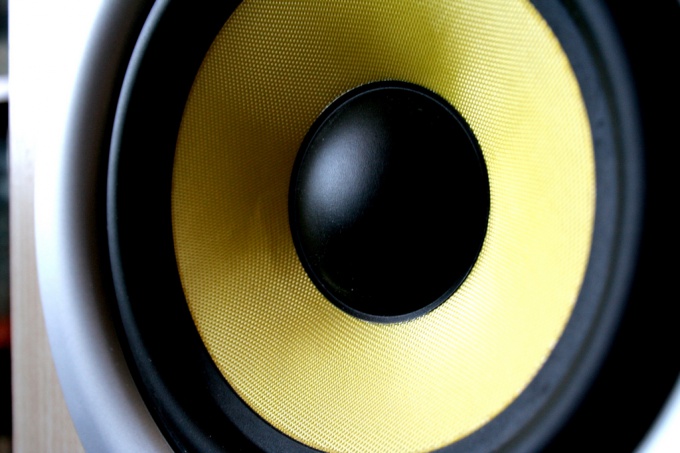Instruction
1
To start with the power parameter, the lack of which affects the volume and dynamics of the playback. Amplifier output power cannot be greater than the capacity of the entire system. Otherwise, the amplifier may cause damage to the speakers. For example, for a room of 20 square meters is enough acoustics to 80W, and for premises with a total area of 40m2 suitable capacity of 150W.
2
Note the sensitivity of the equipment. The higher it is, the better, because in this way you do not have to pick up a very powerful amplifier.
3
Determine the frequency range within which the speakers can play audio. Acoustics should reproduce the entire audio range (2 to 40000 Hz). Although, if the system includes a subwoofer, it is possible to neglect some of the low frequencies.
4
Also look at the speaker type. If columns active, then each frequency is additionally processed by a separate amplifier. As a result of the dynamics connected directly to the amplifiers, which improves sound quality and gives a wider range of play. Passive system requires mandatory installation of an external amplifier, but does not need to be connected to the linear signal for each column separately, which is necessary in active acoustics.
5
An important parameter is the type of case. Most commonly used bass reflex design. Transient characteristics of acoustics well improves the body of the closed type, but degrades the transmission of the lower frequencies.
Useful advice
When choosing the type of acoustics you need to consider several factors. For example, you can get a deeper bass with the installation of the flooring system but it is considerably more expensive than ceiling speakers.
If it is not too powerful, which is typical and has a ready solution, then it is supposed to acquire the same typical amplifier. Any regular phonics will work well with the usual amplifier.
If it is not too powerful, which is typical and has a ready solution, then it is supposed to acquire the same typical amplifier. Any regular phonics will work well with the usual amplifier.
